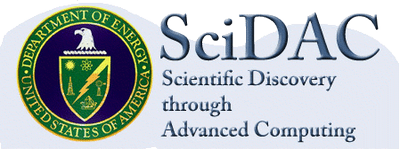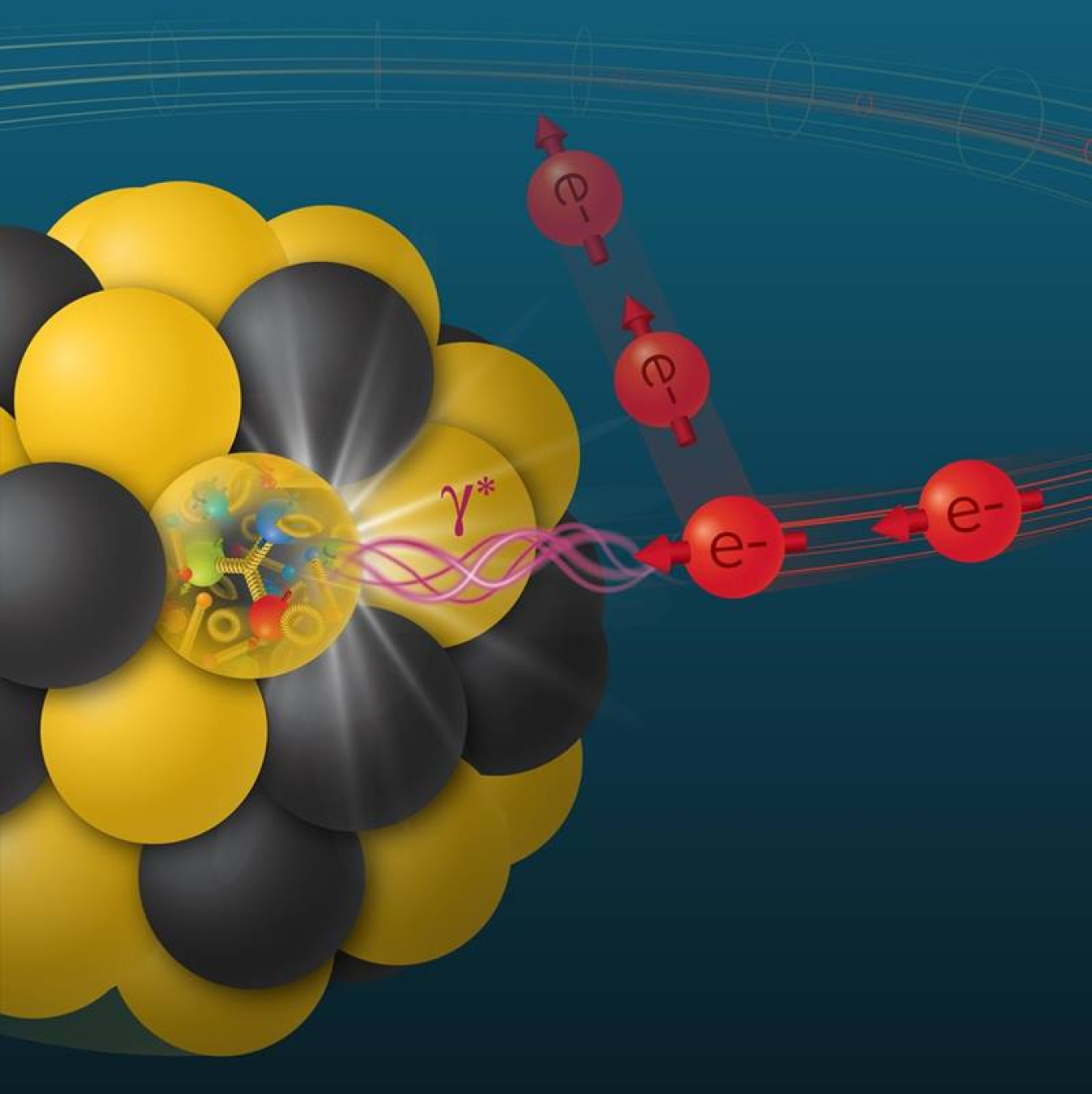
|
DOE SC Highlight - 2025
Calculations of charge distribution in mesons provide a benchmark for experimental measurements and validate widely used 'factorization' method.
|
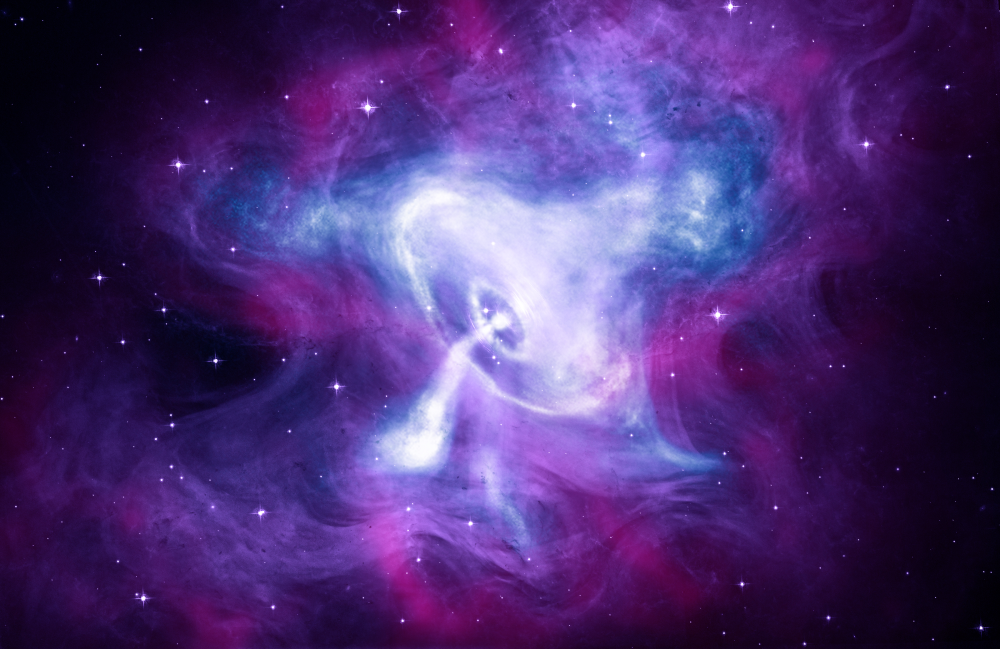
|
APS Viewpoint - 2025
Simulations of neutron stars provide new bounds on their properties, such as their internal pressure and their maximum mass.
|

|
Jefferson Lab Highlight - 2024
Lattice QCD method suggests a simpler spectrum of exotic XYZ hadrons
|
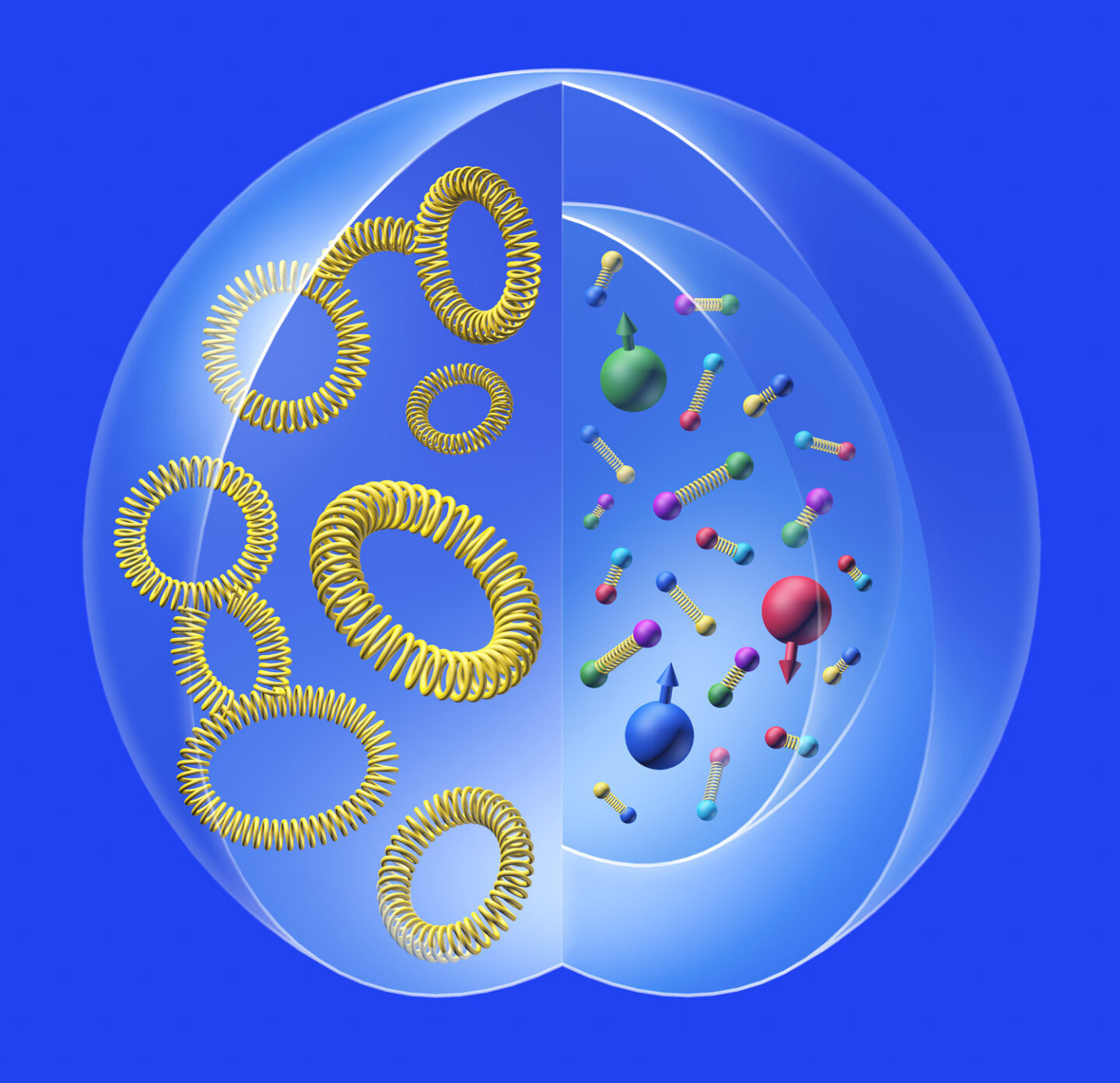
|
Berkeley Lab Highlight - 2024
Using simulations performed on NERSCs Perlmutter system, a
team of researchers from Fermi National Laboratory; the Massachusetts
Institute of Technology; the University of California, Berkeley; and
the Nuclear Science Division at Lawrence Berkeley National Laboratory
used LQCD to understand for the first time certain aspects of proton structure in terms of its fundamental quark and gluon constituents.
|

|
Jefferson Lab Highlight - 2024
A combination of supercomputing and traditional techniques allowed Jefferson Lab theorists to better describe the unstable sigma meson particle, contributing to our comprehension of the strong interaction
|

|
DOE SC Highlight - 2024
Nuclear scientists used a new theoretical approach to calculate a value essential for unraveling the
three-dimensional motion of quarks within a proton.
|

|
DOE SC Highlight - 2024
Scientists Gain new insights into the nature of the puzzling lambda 1405 hyperon resonance and its controversial partner.
|
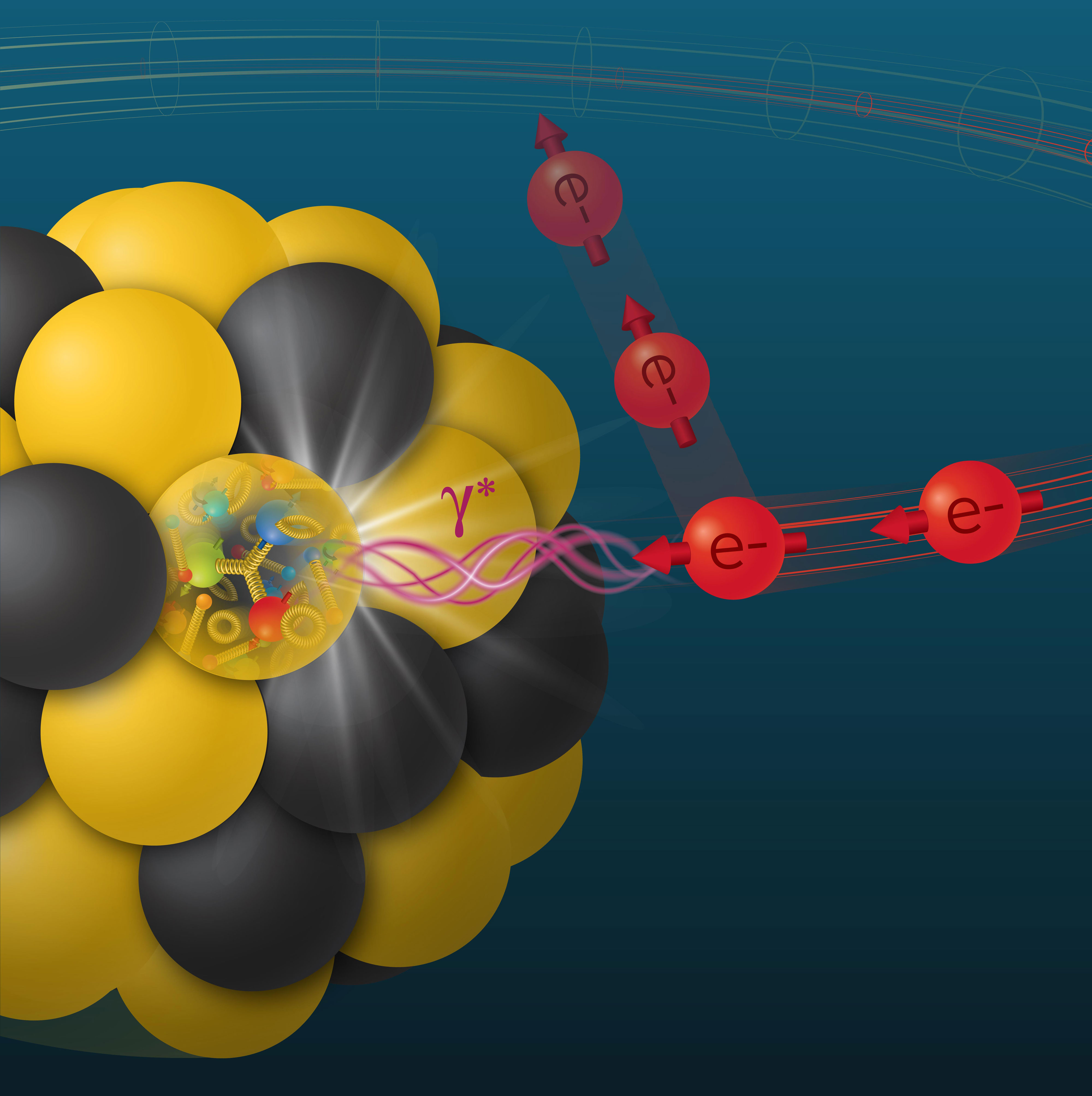
|
Brookhaven National Lab Highlight - 2024
Nuclear theorists used supercomputer calculations to accurately predict the distribution of electric charges in mesons, particles made of a quark and an antiquark.
|

|
Jefferson Lab Highlight - 2024
Nuclear physicists have long been working to reveal how the proton gets its spin. Now, a new method that combines experimental data with state-of-the-art calculations has revealed a more detailed picture of spin contributions from the very glue that holds protons together. It also paves the way toward imaging the protons 3D structure.
|

|
DOE SC Highlight - 2023
The calculation will help scientists explain experimental results showing heavy quarks getting
caught up in the flow of matter generated in heavy ion collisions.
|

|
DOE SC Highlight - 2023
Protons contain two up quarks and one down quark. New calculations predicting the spatial distributions of the charges, momentum, and other properties of the quarks within protons revealed key differences between the up and down quarks.
|
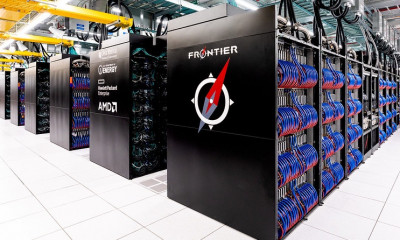
|
HPC Wire - 2022
Efforts to harness the power of supercomputers to better understand the hidden worlds inside the nucleus of the atom recently received a big boost.
|

|
The Register - 2022
If todays tech gets you down, remember supercomputers are still being used for scientific progress
|
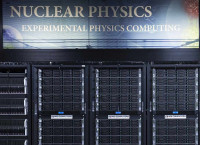
|
Jefferson Lab Highlight - 2022
Jefferson Lab and its partners benefit from Scientific Discovery through Advanced Computing Partnership in Nuclear Physics grants
|

|
DOE Office of Science Highlight - 2022
The goal of nuclear physics is to describe all matter from its simplest building blocks: quarks and gluons. Found deep inside protons and neutrons, quarks and gluons also combine in less common configurations to make other subatomic particles of matter. For scientists, producing these less-common particles in experiments is an interesting challenge. A new theory method aids in those efforts by predicting which less-common particles an experiment will produce.
|
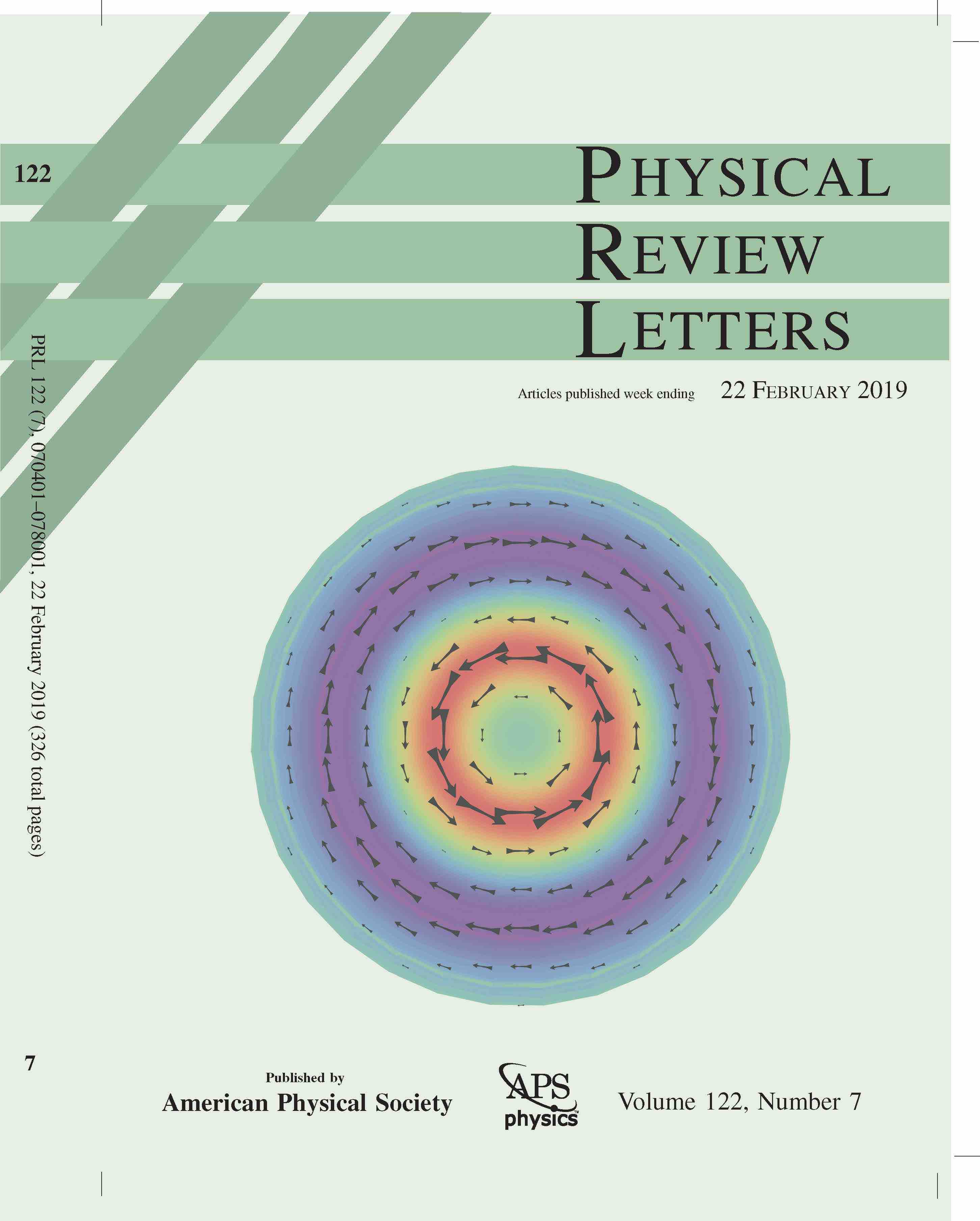
|
NERSC Highlight, 2019-07-08
For the first time, lattice QCD calculations run at NERSC
allowed nuclear physicists to determine the pressure
distribution inside a proton, taking into account the
contributions of the proton’s fundamental particles: quarks and
gluons. This discovery brings nuclear scientists closer to a
complete understanding of a proton’s structure and the
fundamental particles that make up most of the visible matter in
the universe.
|
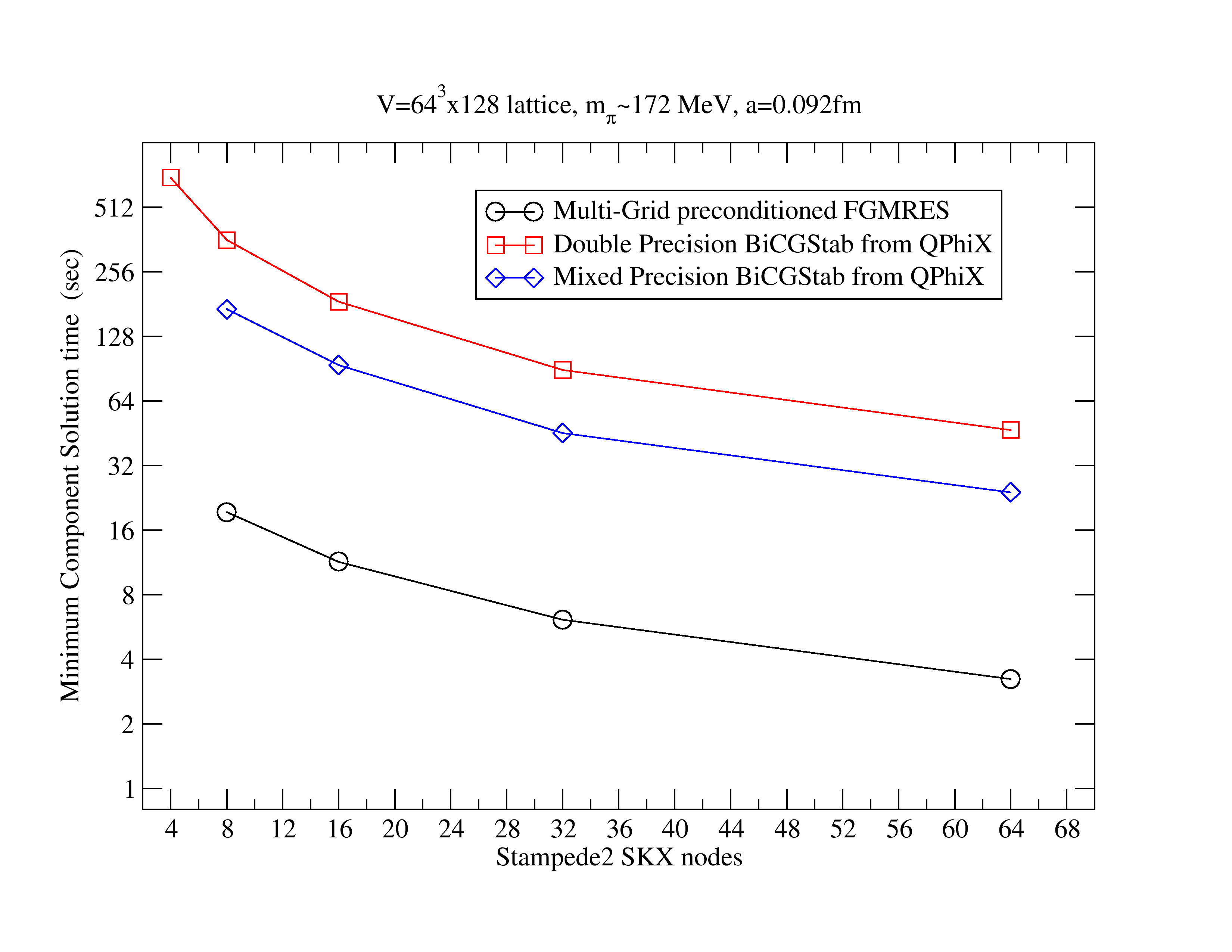
|
SciDAC Highlight, 2019-05-16
A new multi-grid implementation for x86 architectures with supporting AVX512 instructions, such as
Intel Xeon Phi Knight's Landing, and Xeon Servers (Skylake and beyond) speeds up calculations by 7x-8x
accelerating calculations on platforms such as NERSC Cori KNL, ALCF Theta, TACC Stampede 2 and the
Jefferson Lab SciPhi Cluster.
|
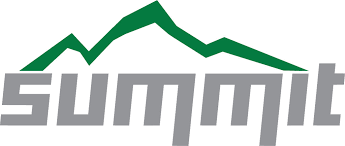
|
OLCF Highlight, 2018-09-17
The accelerated architecture of America’s fastest supercomputer boosts QCD simulations
|

|
SciDAC Highlight, 2018-05-01
The generation of gauge configurations (samples of the strong force
field in the vacuum) is the gating first step of nuclear and
high energy physics calculations using lattice quantum
chromodynamics (LQCD) generating the data on which subsequent
calculations depend.
Here, we demonstrate a 73x reduction in the GPU-hours required for the generation of such gauge fields
moving from Titan to Summit, and incorporating new algorithms
well suited to the new system. The improvement on Summit enables calculations which where hitherto considered out-of reach for reasons of computational cost, and will fundamentally re-shape how we will conduct our scientific campaigns in the future.
|
